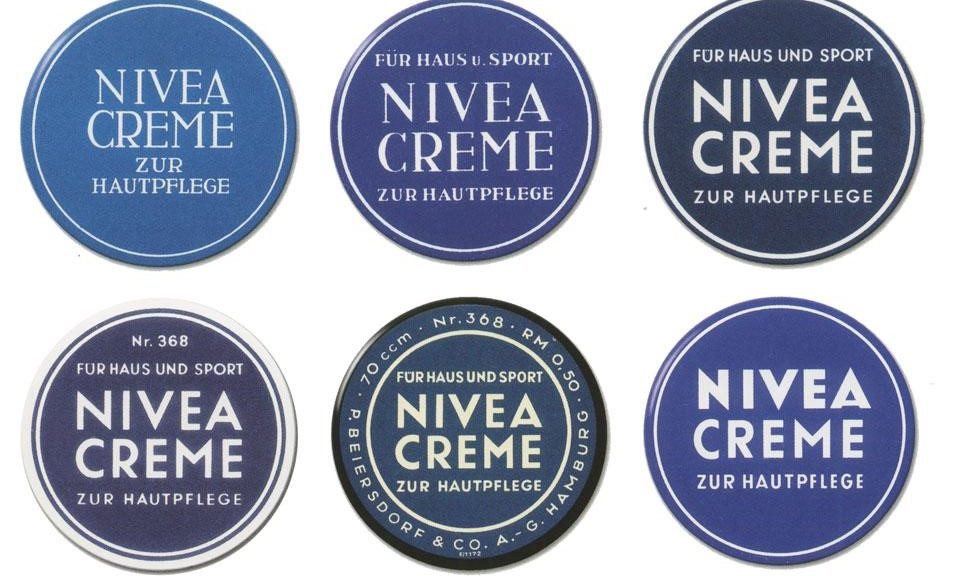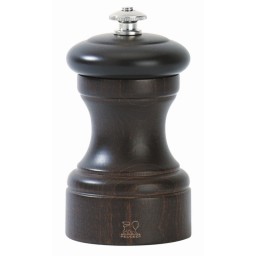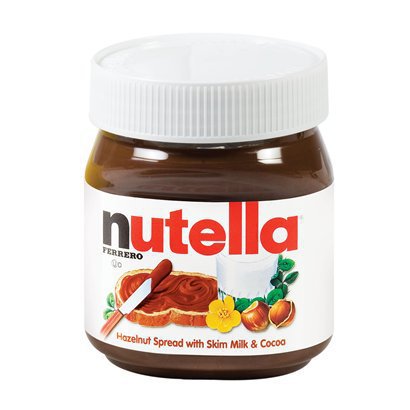A story about storytellers with a storybook ending
How breaking one of the golden rules of innovation helped Disney Animation get back on top.
About a decade ago, Disney Animation nearly came to a premature end. After a series of poorly performing films the corporation was considering closing down its famous studio, instead they bought the newer kid on the block, who was on perhaps the hottest streak ever in animation – Pixar.
Now 10 years later Disney is celebrating the success of Frozen its highest- grossing animated film ever and has already started work on Frozen 2. The practice of a rapid sequel, like Toy Story 2, however isn’t the key idea that Disney has taken from Pixar.
The practice that is being credited with helping turn around the situation is “the story trust”, which itself is said to be based on the notion of “we is smarter than I” and the use of “Crit” sessions. It is a process of collective but constructive criticism.
During the development of a new film, it is screened up to seven times to an audience of Disney Animation employees who are free to give their opinions both good and bad.
The director and a ‘trust’ of 20 executives then meet off-site to consider and address the criticisms. The sessions generally last a day but can be longer is the criticisms are numerous or fundamental to the storyline or characterisation.
Andrew Millstein, head of the Disney Animation told the Sunday Times (29th March 2015): “It’s a melee…But if you let your ego interfere, you’re not going to get the most out of the process. The reason you’re there is not to argue with what people see and whether its working or not, but to listen to what’s working or not”
Frozen went on this journey and made “seismic changes” along the way. At the start, Else and Anna weren’t sisters, Elsa was the villain of the piece, there were no trolls nor was there any Kristoff.
 The use of “crit” sessions was originally adopted at Pixar as a means for the team of early pioneers of computer animation to learn from each other successes and, just as importantly, each other’s mistakes. Ed Catmull one of that early team and now President of Pixar Animation Studios credits Toyota with helping to inspire the approach that encourages the whole team to catch mistakes before it is too late.
The use of “crit” sessions was originally adopted at Pixar as a means for the team of early pioneers of computer animation to learn from each other successes and, just as importantly, each other’s mistakes. Ed Catmull one of that early team and now President of Pixar Animation Studios credits Toyota with helping to inspire the approach that encourages the whole team to catch mistakes before it is too late.

“In their car factories, everybody had a duty to find errors. Even the lowly guys on the assembly line could pull the red cord and stop the line if they saw a problem. It wasn’t just the job of the guys in charge. It was group process. And so what happened at Toyota was a massive amount of incremental improvement. People on the production line constantly suggested lots of little fixes, and all those little fixes had a way of adding up to a quality product. That model was very influential for me as we set about figuring how to structure the Pixar meetings.”
That same philosophy, which helped Pixar, is now very influential at Disney Animation. Not all ideas are good ideas and sometimes those in charge need to be told. It may therefor break one of the golden rules of innovation but it is helping Disney deliver quality product – great and highly successful animated films.


 “The Prisoner and The Penguin… & 76 other modern marketing stories” is available at amazon and other online retailers
“The Prisoner and The Penguin… & 76 other modern marketing stories” is available at amazon and other online retailers

 Its advertising featured classic beauty models of the times – many akin to “Gibson Girls”
Its advertising featured classic beauty models of the times – many akin to “Gibson Girls” The NIVEA Creme tin was redesigned to reflect the new zeitgeist, a world now more focused on “youth” and “leisure”.
The NIVEA Creme tin was redesigned to reflect the new zeitgeist, a world now more focused on “youth” and “leisure”.




 In the 1850s, the family chose the symbol of the lion as its trademark to reflect the strength of their company’s products and symbolising the durability, suppleness and quickness of their metal and steel. The lion also stood for the speed and aggressiveness of the Peugeot company.A
In the 1850s, the family chose the symbol of the lion as its trademark to reflect the strength of their company’s products and symbolising the durability, suppleness and quickness of their metal and steel. The lion also stood for the speed and aggressiveness of the Peugeot company.A
 Local baker Pietro Ferrero decided there had to be a solution. It was to become his obsession. He wanted to create
Local baker Pietro Ferrero decided there had to be a solution. It was to become his obsession. He wanted to create 
 Pietro’s son, Michele, inherited his father’s drive to democratize an affordable everyday chocolate treat. Giovanni says his father was a man obsessed, just like his grandfather.
Pietro’s son, Michele, inherited his father’s drive to democratize an affordable everyday chocolate treat. Giovanni says his father was a man obsessed, just like his grandfather.